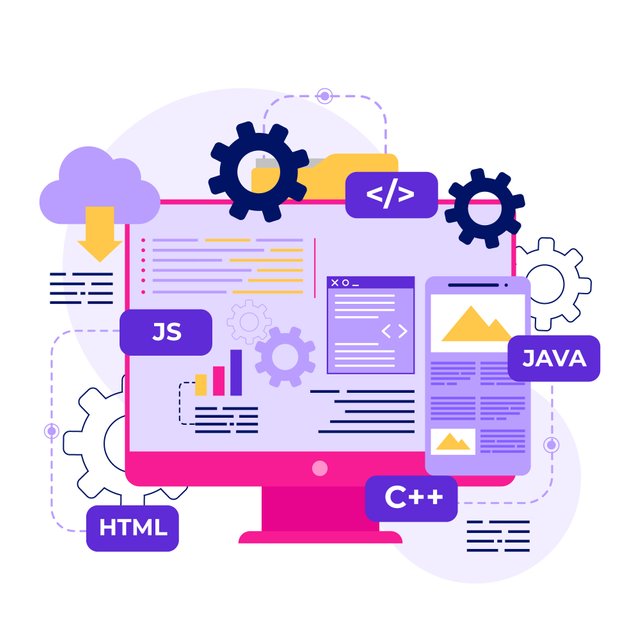
In 2025, serverless computing will have become a game-changer for modern applications. According to Gartner, over 60% of new enterprise applications now use some form of serverless architecture, up from just 30% in 2022. This dramatic rise highlights a growing shift among businesses and developers to embrace function-first development models that reduce overhead, improve scalability, and accelerate delivery.
For any forward-thinking software development company, serverless architectures offer a leaner, faster, and more cost-effective approach to building digital products. By removing the need to manage infrastructure, developers can focus entirely on writing code and delivering value.
What is serverless architecture?
Serverless doesn’t mean "no servers." It simply means that developers don’t need to manage the servers themselves. The cloud provider takes care of infrastructure, scaling, patching, and maintenance. Functions are executed on demand, and resources are used only when needed.
Why More Software Development Companies Are Adopting Serverless
Here’s why serverless is becoming a default choice for a modern software development company:
-
Cost Efficiency
Pay only for the compute time consumed. No idle resources mean lower operational expenses, making it ideal for startups and SMEs. -
Scalability Without Hassle
Automatically scales to match demand—whether it's ten users or ten million. -
Faster Time-to-Market
With infrastructure handled by cloud providers, teams can focus on core features and deliver apps faster. -
Improved Resilience
Functions are isolated and stateless, reducing the risk of failure and increasing system stability. -
Eco-Friendly Operations
Serverless computing optimizes resource usage, reducing the environmental footprint of digital operations.
Use Cases for Serverless in a Software Development Company
- Event-Driven Applications: Serverless works well for apps triggered by events—like notifications, uploads, or user actions.
- Web and Mobile Backends: APIs, authentication, and business logic can run as serverless functions.
- IoT and Real-Time Analytics: With high-volume, real-time data, serverless scales seamlessly to match demand.
- Chatbots and Automation: Serverless is perfect for automating responses and background workflows.
FAQs
Q1: Is serverless architecture suitable for all types of applications?
Not always. Applications requiring constant background processes or low-latency performance may need hybrid solutions. However, for most event-based and stateless use cases, serverless works exceptionally well.
Q2: Which platforms support serverless architecture?
Popular cloud providers like AWS (Lambda), Microsoft Azure (Functions), and Google Cloud (Cloud Functions) offer robust serverless platforms widely used by software development companies.
Q3: How secure is serverless computing?
Security is largely managed by the cloud provider, but function-level security, access control, and proper configuration are still the responsibility of the development team.
Conclusion
As businesses increasingly prioritize agility, efficiency, and scalability, serverless architecture has emerged as a powerful solution. For a forward-focused software development company, adopting a function-first approach means reducing complexity, saving time, and enhancing performance across applications. In 2025, staying competitive in the IT landscape requires leveraging these advanced technologies—and serverless is leading the way.
By partnering with the right experts, organizations can confidently move towards scalable, efficient, and future-ready software solutions.